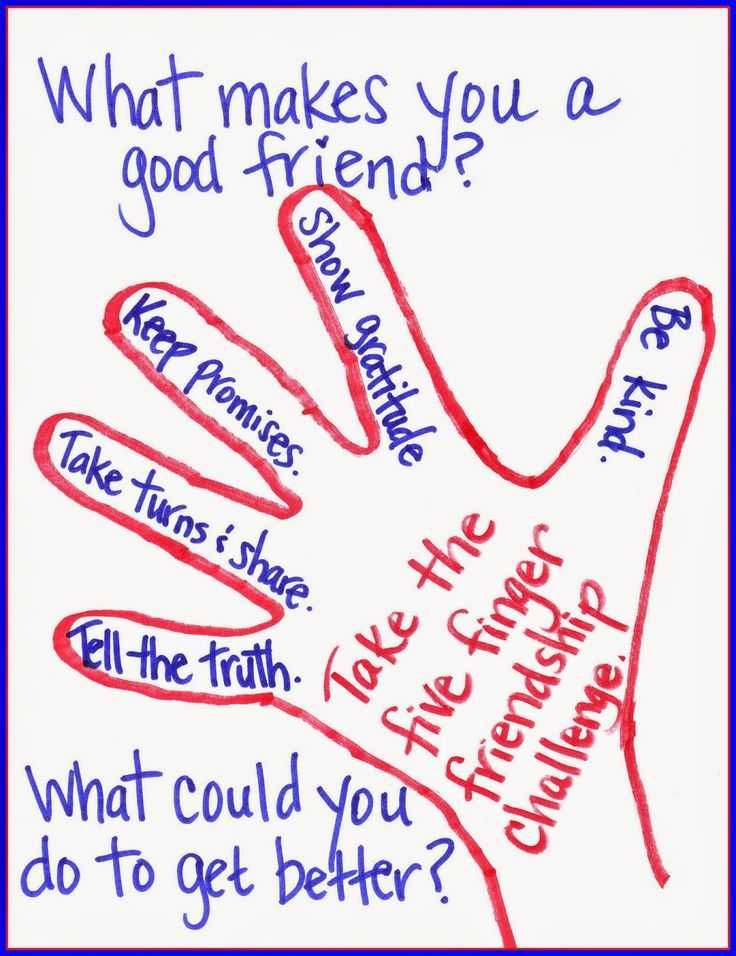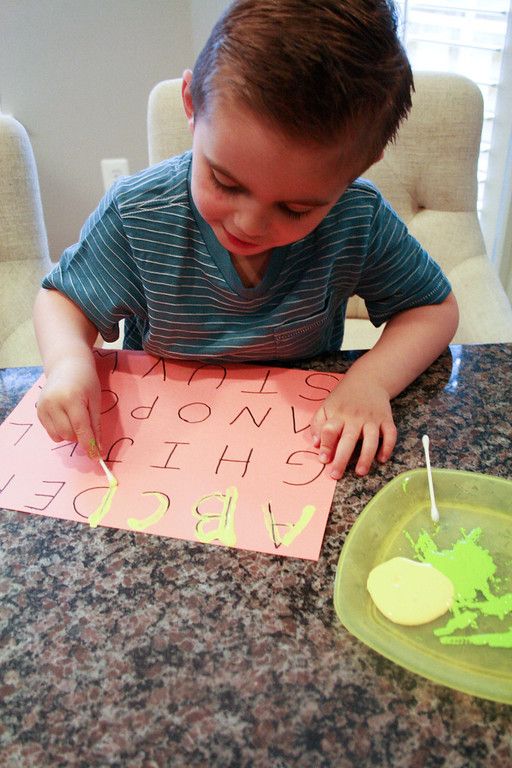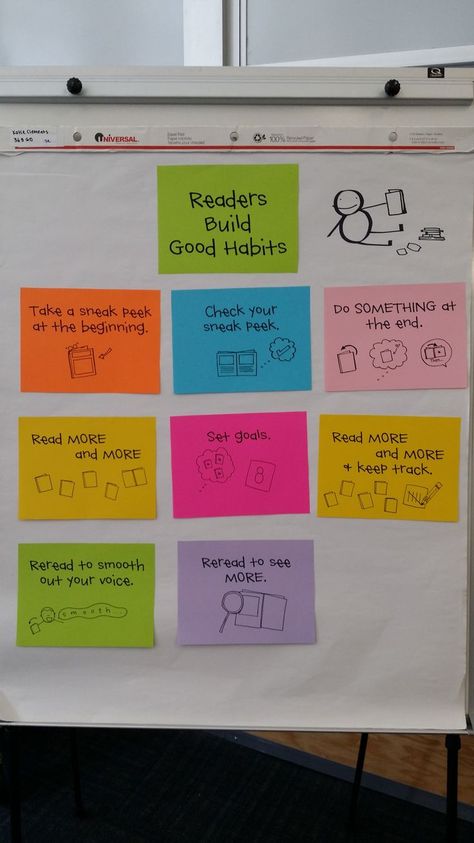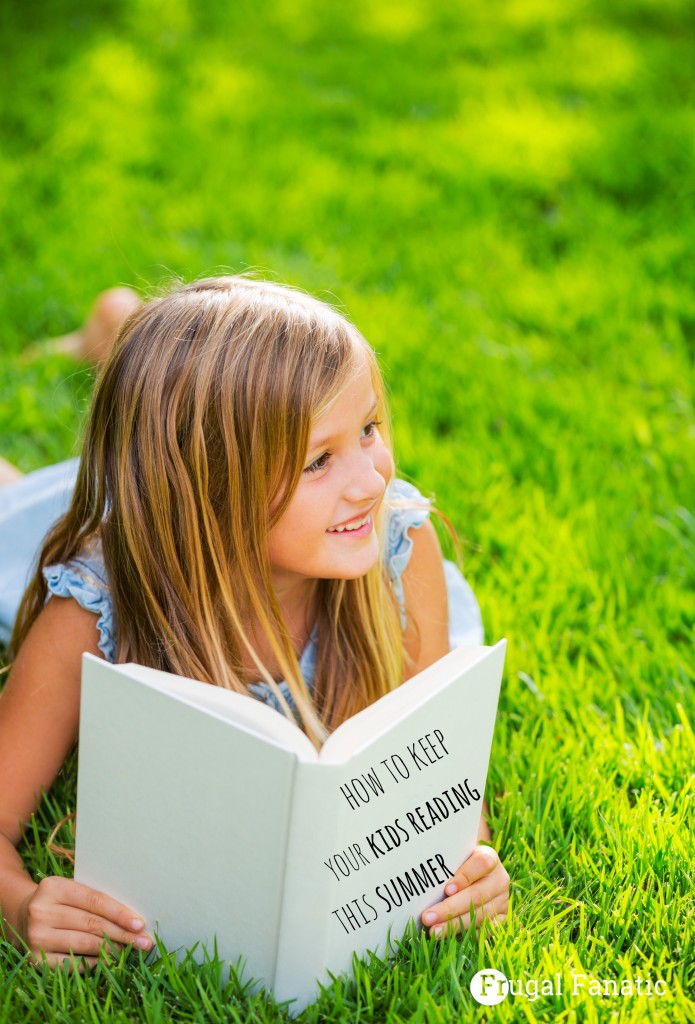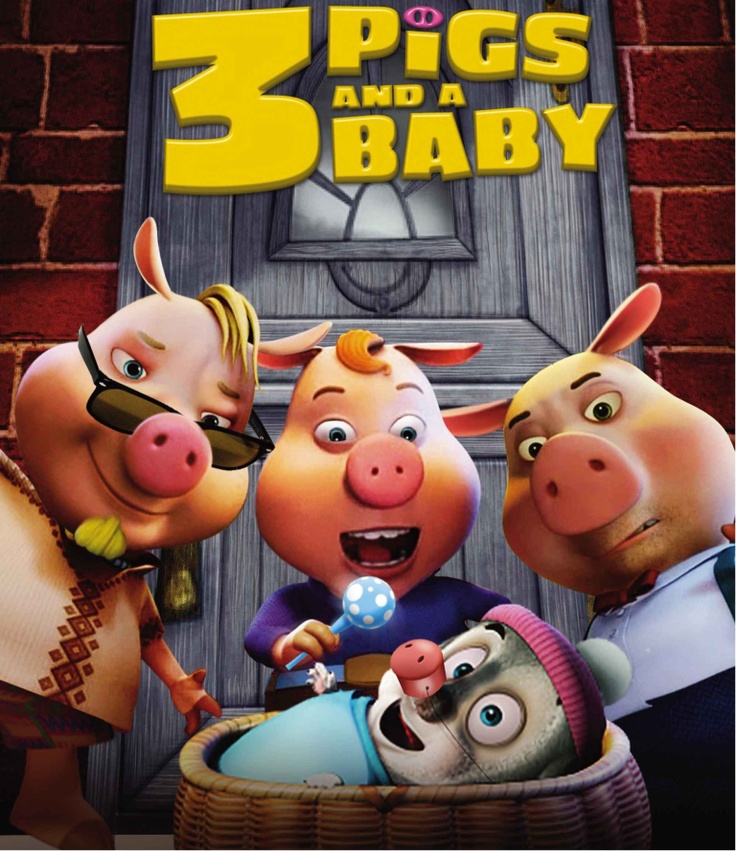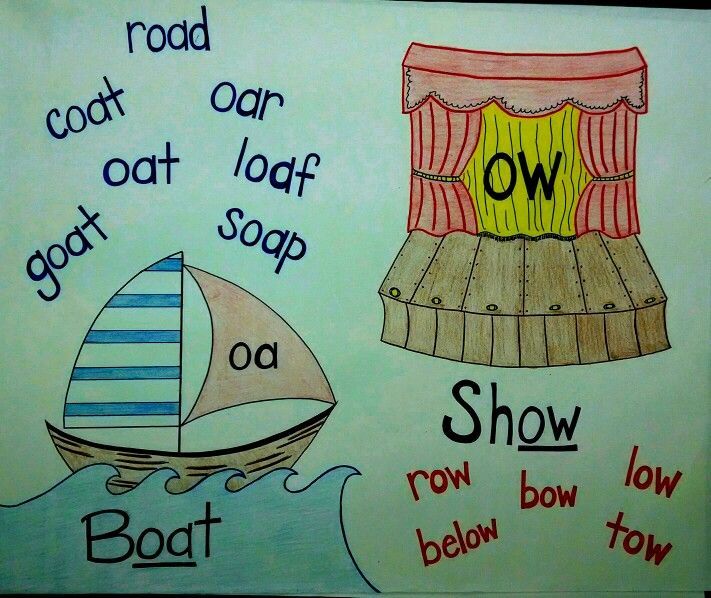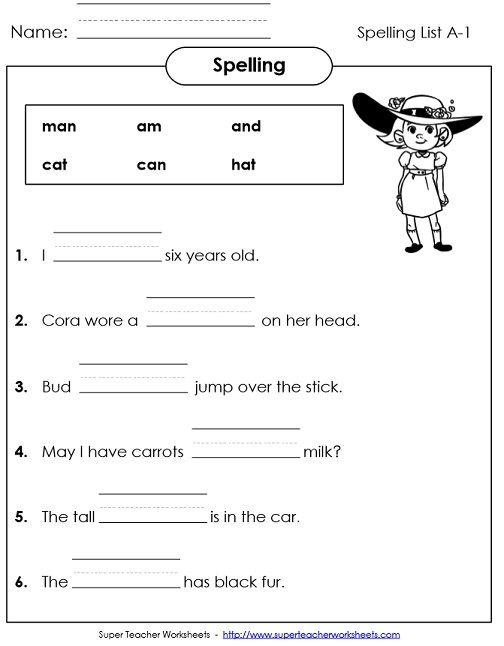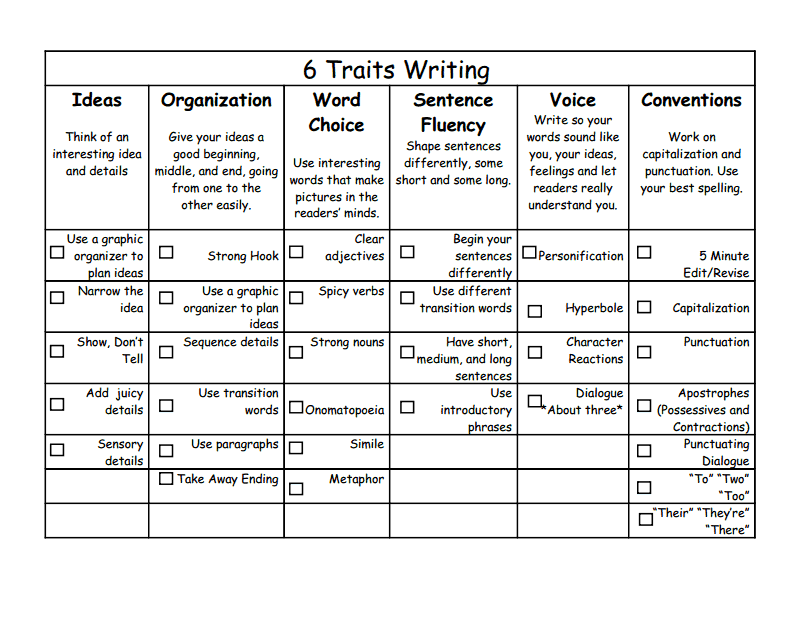Social skill lessons for middle school
7 Fun Social Skills Activities For Middle School
by Manpreet Singh
Last Updated on February 9, 2022 by Editorial Team
UNICEF in its 2012 report has called ‘social skills’ a life skill, that is, skills that help individuals to display an adaptive attitude towards the demands and challenges that life often throws at all of us.
Social skills like cooperation, assertion, self-control, empathy, and responsibility are observable indicators of social competence, that help individuals live a better life by impacting important domains of development like mental health and academic achievement as well as overall personality development.
Hence, such social skills are extremely important for children to learn and grasp at an early age If the child is deprived of these skills from early days, it takes a massive toll on their personal and professional lives as adults.
Moreover, when a child is made aware of a particular set of skills right from the very beginning, they tend to soak it up much better. And that is the reason why social skill activities should be encouraged from the middle school level itself.
Before knowing about some extremely crucial activities that influence and develop a child’s social skills, let us know some benefits of these activities and why they are so important, especially from the middle school level.
The ability to read emotions, be friendly, communicate better and much more are a few social skills that a child can acquire over time. These skills can be advantageous and can be the footprint of the child’s future as an adult.
Parents and teachers can indeed be the ideal role models, and kids can learn as they watch the adults around them closely, behaving in certain ways. However, it is rightly said that there is nothing like practice. Therefore, kids should be involved in activities that help them grasp and practice these social skills religiously to benefit them in the future, both on the personal and professional levels.
Social skills activities help middle school students in –
- Academic achievement
- Social Interactions
- Self confidence and attitude about self
- Attitude and empathy towards others
- Conduct in home, school and towards the community
- Promotes positive behaviour
- Maintaining eye contact
These are some advantages that truly help middle school students perform better at school and reflect in their adult lives, too. The absence of these skills could tremendously hamper a child’s life as an adult if these social skills do not become part of the child’s behavior and habits.
On this note, let us have a look at some of the social skills activities for middle school that helps students in great ways.
There are tons of games and activities which can profoundly contribute to a child’s understanding and comprehension of social skills, especially when inculcated right from the middle school level. These are some activities that work well with groups of students, which also help build another social skill: how to work and cooperate in teams.
These are some activities that work well with groups of students, which also help build another social skill: how to work and cooperate in teams.
As adults, individuals must be friendly, socially accepting, and emphatic towards each other. This is something that is extremely necessary during school days too. Middle school students should be taught to welcome a new person with an open mind and open arms. It is normal to be shy around people, but it is also important to be ready to interact with all the people in the group.
Turn-wise games are one activity that can be religiously followed so that children can engage with other children who are total strangers to them. This way, they will also develop a habit of sharing, waiting patiently for the other person, and much more.
2. The Blink and you lose eye contestAn individual who is able to maintain friendly eye contact while having a lengthy conversation comes across as someone who is brimming with warmth and self-confidence.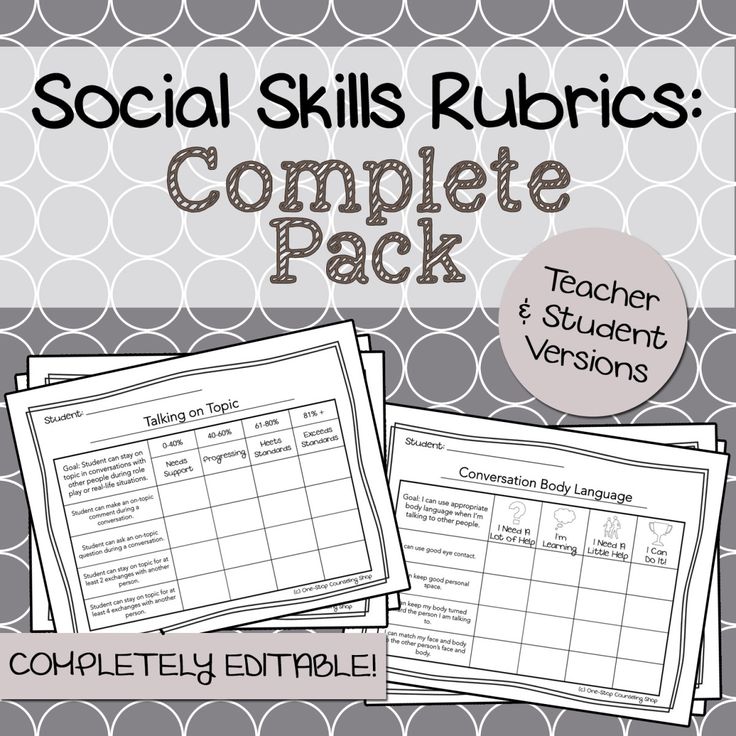 However, children who are introverts or lack self-esteem often find it very hard to maintain eye contact while talking to their peers. In such scenarios, a little practice session disguised as a contest can be very helpful.
However, children who are introverts or lack self-esteem often find it very hard to maintain eye contact while talking to their peers. In such scenarios, a little practice session disguised as a contest can be very helpful.
Organizing eye-staring contests in your classroom, where the child who is able to maintain the longest eye contact without blinking wins the prize can help the children gain confidence in maintaining eye contact. It also helps break the ice for introvert students who normally do not interact with all their classmates in middle school.
3. Express the EmotionsUnderstanding emotions and consequent reciprocity is an important foundation of social competence. Emotions charade is an adaption of the well-known game of dumb charade and can be an excellent way to teach the child to both express and understand emotions.
The middle schoolers can be divided into two teams and each individual member can take turns making their team guess the emotion selected by the other team.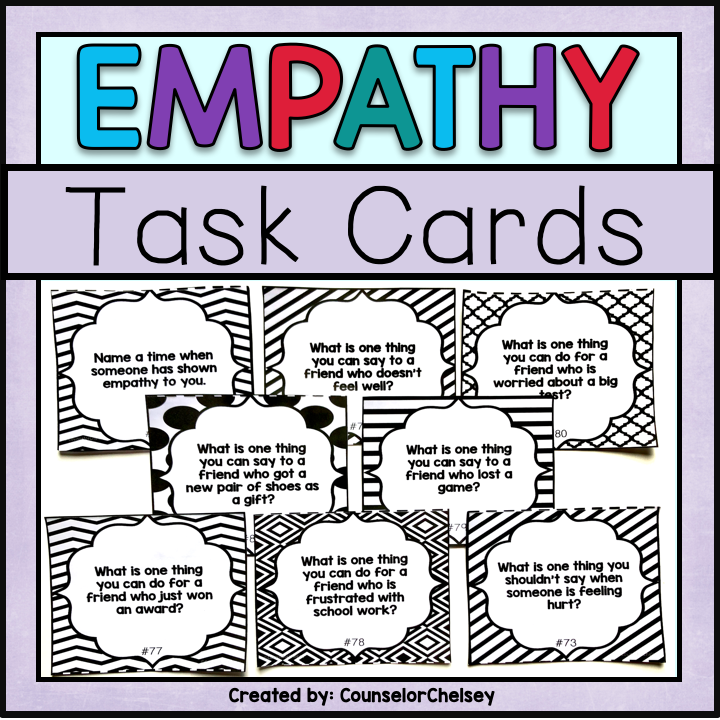 You can even adapt it into a game of guessing the emotions through drawing on the board or singing a song in a specific tone.
You can even adapt it into a game of guessing the emotions through drawing on the board or singing a song in a specific tone.
The pandemic has shifted socializing to the digital arena and by the looks of it, the trend is here to stay. In this scenario, it is important that students maintain social contact with their peers, and for this purpose, it is a good idea to set a designated time each day for a virtual playtime session.
In these sessions, children can perform group activities like guessing games or dancing sessions which will help them sustain and develop social skills and have verbal interactions with their same-age counterparts.
5. The Conversation startersThis is an activity that must be played in a team by middle school students so that they can derive the maximum possible benefit out of it. The simple rule of the game is that the student or the child would be given a topic or a word, and they need to start a conversation or a dialogue about the topic or the word given.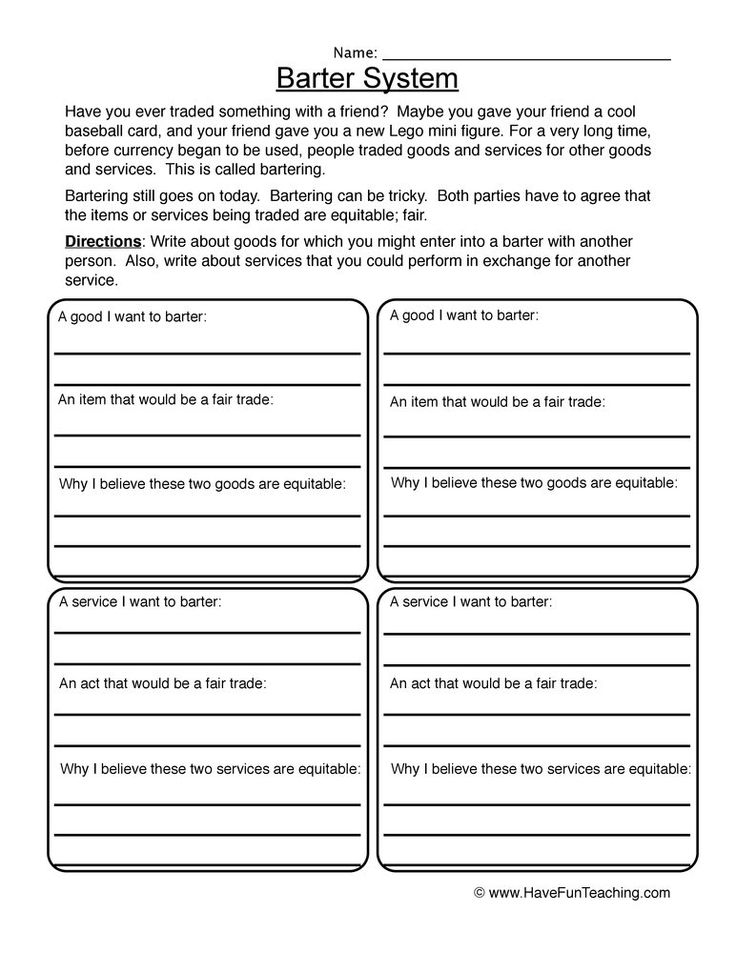
We cannot emphasize enough what wonders this game could do to the child’s overall social and behavioral development. Firstly, it helps students overcome their fear of speaking, making them more confident as adults.
Moreover, since this game is about speaking on the given topic in front of the whole group, the shyness and the hitch that the child has at first diminishes slowly. Ultimately, the social skill of being friendly, conversational, and confident is achieved. Through this activity, children also learn how to lead a conversation in a dignified and empathetic manner.
6. Simon SaysSelf-control is an essential social skill. Children with a lack of self-control mostly portray the same habits during their adult life. This game helps the student listen and copy the movement of their peers and follow instructions. This activity helps the children in many great ways as they are made to follow the rules throughout the game.
7. Gauge the Facial Expressions
Gauge the Facial ExpressionsGames that demand children to read and understand the facial expression of others have a great effect on them, as they are made to interpret the expressions of their peers. This way, they learn to be more expressive and also develop a habit of reading expressions of other students, which makes them more empathetic and helpful towards each other in the longer run.
Games can play a significant role in the lives of middle school students by enriching their social skills set without consciously pressurizing them to fit into a stereotypical mold that hampers their individualistic expression and growth.
These social skills set thus act as safety nets on their rendezvous with tough and awkward situations which they are bound to encounter both in their personal and professional lives when they become adults. It helps them bounce back with a zealous spirit and determined demeanor.
Most Important Social Skills for Middle School
There’s a lot for your child to learn in the time they go from toddler to teenager. But it’s important not to forego the social skills lessons along the way that will get them to a place of well-being!
But it’s important not to forego the social skills lessons along the way that will get them to a place of well-being!
The tween years may be a gentler time before the advent of the teenage years, and that’s why it’s so important for kids to work on their social abilities. Fortunately, there are a few activities for middle school that can help!
Using Eye ContactMaking eye contact can be one of the most difficult social skills for kids. However, utilizing this simple gesture can be a meaningful IEP goal that helps them communicate without words and display comprehension. If your child is struggling with this, try the 50/70 rule so they utilize eye contact 50 percent of the time when talking and 70 percent when listening. Or have them hold eye contact for five to ten seconds at a time so they can get used to it.
Participating in ConversationWhether it’s about their favorite activity or a food they love, kids are used to being asked questions.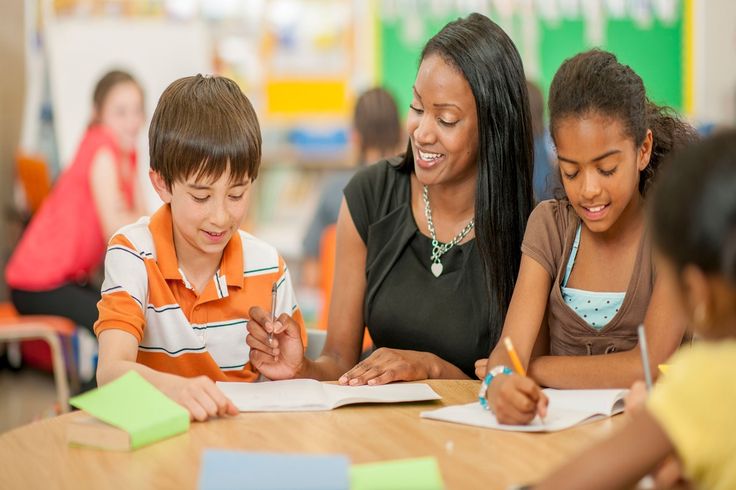 However, questions in one direction don’t make for highly developed social skills. The art of conversation is an important part of developing relationships, and it makes for a mindful kids’ activity! To encourage this, ask your child a question and wait for them to answer. Then, encourage them to ask you a question. Over time, they’ll be able to adapt to many different subjects.
However, questions in one direction don’t make for highly developed social skills. The art of conversation is an important part of developing relationships, and it makes for a mindful kids’ activity! To encourage this, ask your child a question and wait for them to answer. Then, encourage them to ask you a question. Over time, they’ll be able to adapt to many different subjects.
A first impression might not seem so important when you’re young. But, as your children get older, knowing how to make a good impression will be important in their interactions. Fortunately, this is among the social skills activities for middle school they can practice at home. Start by showing your children how to introduce themselves. For example, a good start is “Hi, my name is Julie. It’s nice to meet you”. Once they know how to do this, they can focus on using expressions and body language.
Showing EmpathyEmpathy may be a less visible social skill, but it’s one of the most important aspects of good social skills. The average middle schooler may be absorbed in their own life, but it’s never too early to start with these kinds of lessons. Fortunately, helping with this skill can be as simple as explaining how you feel in a situation. Or, telling your child about someone else’s difficulty and seeing how you can both make them feel better. Volunteer work can also be one of the best social skills activities to teach your child about other people’s experiences.
The average middle schooler may be absorbed in their own life, but it’s never too early to start with these kinds of lessons. Fortunately, helping with this skill can be as simple as explaining how you feel in a situation. Or, telling your child about someone else’s difficulty and seeing how you can both make them feel better. Volunteer work can also be one of the best social skills activities to teach your child about other people’s experiences.
No matter what stage of childhood your kids are at, social skills will always be an important part of their healthy development. And the learning they do in their middle school years will take them through the more emotionally taxing teenage years! If your child is more introverted and they’re having difficulty opening up, Chat Chains can be the perfect game to help them work on their conversational abilities.
References
VeryWell Family. 7 Most Important Social Skills for Kids.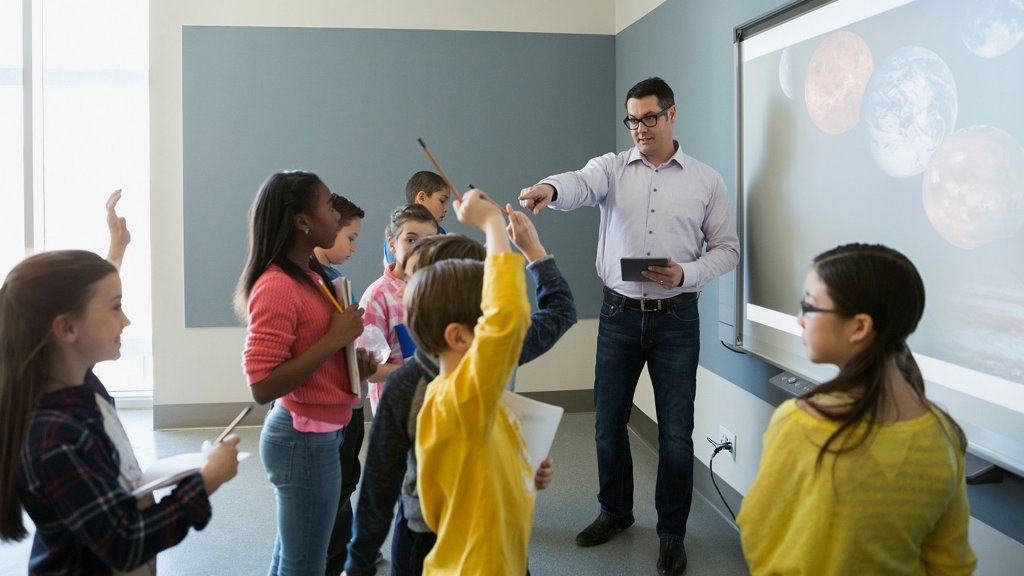 https://www.verywellfamily.com/seven-social-skills-for-kids-4589865
https://www.verywellfamily.com/seven-social-skills-for-kids-4589865
LoveToKnow. Creative Social Skills Activities for Teens and Tweens. https://teens.lovetoknow.com/creative-social-skills-activities-teens-tweens
Raising Teens Today. 10 Important Social Skills You Need to Teach Your Teen Now.
Share this post with your friends
Free Social Skills Lesson Plans for Students
Knowing how to teach social skills involves understanding which social skills are appropriate for each age group. Each social skills lesson plan focuses on the different skills needed for successful and healthy relationships with others. To use printed social skills lesson plans, click on the document image. Check out the troubleshooting guide for printouts if you need help getting the lesson plan PDFs.
Simple Social Skills Lesson Plans for Elementary School Students
Whether you're homeschooling a shy child or needing a quick social skills activity for kids, these simple lesson plans will help you teach social skills.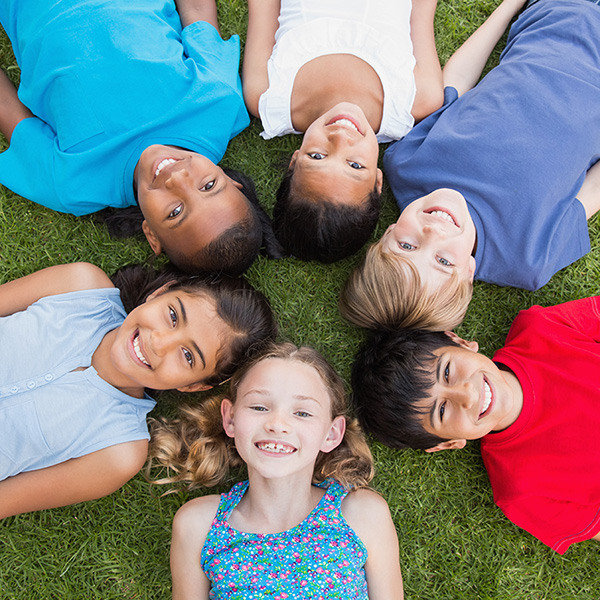
Related Articles
- Homeschooling Myths
- What is School Dropout
- Homeschooling Ideas
Printable Lesson Plan 'How to say 'hello'
Teach young children how to introduce themselves to others and how to greet people in different situations with this simple social skills lesson plan. You will make some simple cards from index cards, and the children will actively show which greetings or introductions are most appropriate for each situation.
Weird Story Time
Help children understand the value of active and attentive listening by adding a fun twist to normal storytelling time. All you need is two picture books.
- Instruct students to remain silent while you read, keep their eyes on you, and listen to the story you are about to read.
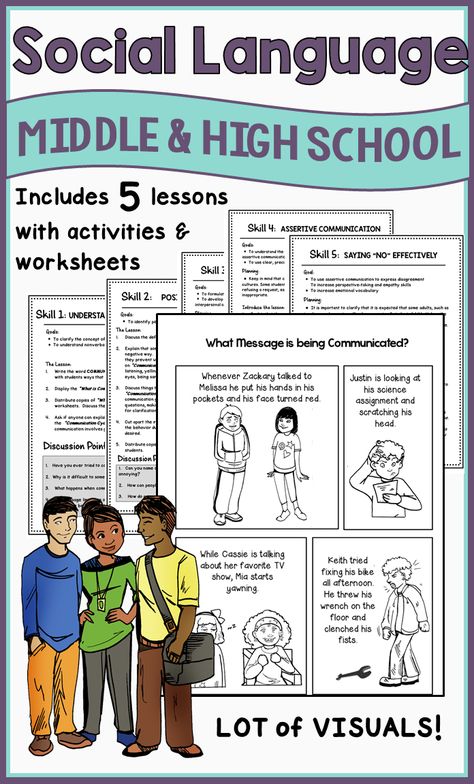
- Read one of the books aloud.
- Ask students to talk to each other, get up and wander around if they feel like it, and act as they please (within reason) during your next story.
- Read the second book aloud without stopping even for a minute.
- Ask the children some basic questions about each story, such as the setting, the main characters, and how it ends.
- Discuss which story they remember best and why. Children should remember more the story that you read while they were silent.
Who can help me?
In this simple exercise, children will have to follow directions, ask others for help, and can learn to accept "No" for an answer. You will need a color by number coloring page that uses about four colors for this exercise.
- Have each child color the page with numbers, not crayons.
- Assign each participant a task. For example, only Jenny can get a blue crayon, only Mom can get a red crayon, and only Jeff can color in the yellow areas.
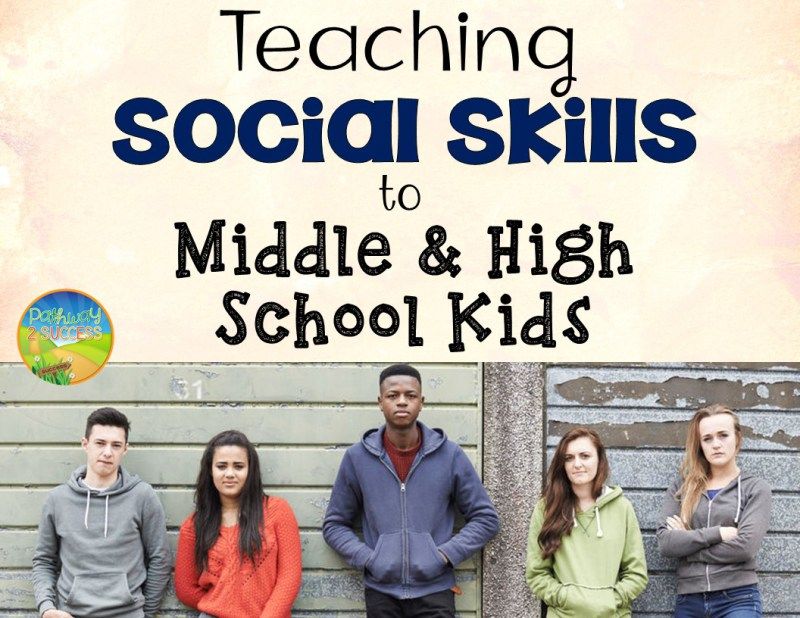
- Have each child complete their picture following all the rules you have given.
- Each child will have to ask others for help to follow the rules and complete the picture.
- All participants must have the right to refuse to help others, but you must explain how this may affect others' willingness to help them later.
Primary School Social Skills Topics
Primary school students should learn the following social skills:
- Active and attentive listening
- How to greet others
- Follow directions
- How to get someone's attention
- How to get someone's help
- How to handle disagreements or major Conflict resolution
- How to make and accept an apology
- How to accept a ``No'' response
Simple Social Skills Lesson Plans for High School Students
Part of cognitive development during adolescence involves identifying who you are and how you work in a group or social network.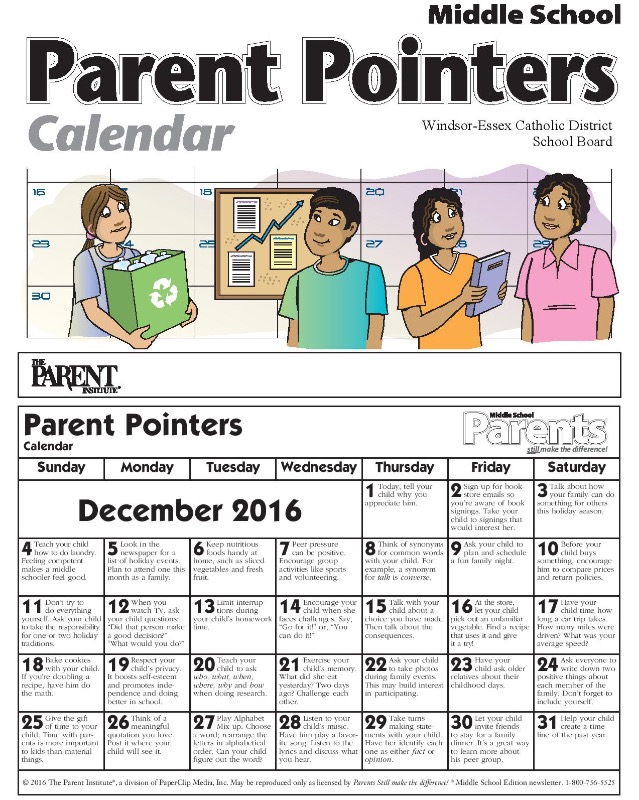 While teens may find some of these lessons weird or uncomfortable, they provide valuable information and tools.
While teens may find some of these lessons weird or uncomfortable, they provide valuable information and tools.
My Space Printable Lesson Plan
Teenagers learn about setting and expressing personal boundaries in this basic lesson plan. Students will have the opportunity to create a secret rule that will allow other members of their circle. They will have to act out clues to help others learn their secret rule.
Attitude Assassin
This fun game is similar to the icebreaker wink game sometimes called Wink Assassin. You will need a small group for this social skills lesson.
how to get out of the spots
- Start by talking about what it means to have a relationship. What does it look like? What can a person do with their body language to show they have an attitude?
- Make enough slips of paper to represent each person in your group. Put a cross on one of these sheets.
- Select one of the examples of body language discussed that demonstrates an attitude such as eye rolling.

- Put all the sheets in a bowl or hat and ask everyone to draw a leaf.
- The person who gets an "X" is a relationship killer and must keep it a secret.
- Turn on the music and ask everyone to walk or dance around the room.
- The goal is to guess who the killer is before they "catch" you with their actions.
- If the killer performs the selected action, such as rolling his eyes, you should wait about ten seconds, then fly out of the room and exit the game.
- If you think you know who the killer is, you can say, "I think (Name) is related." You only get one guess per round. If you guessed wrong, then you are not.
- Repeat the exercise with different types of body language that show "having an attitude."
Feedback Faceoff
Help students learn how to give and receive feedback or criticism through engaging discussions.
- Each of the two participants must complete the same task, such as drawing a picture or writing a story.
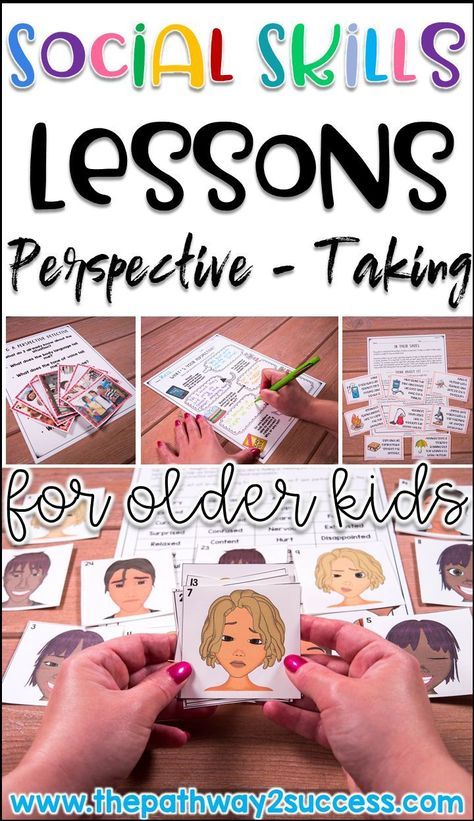
- Participants should exchange photos or stories and take a few minutes to look critically at them.
- Sit the participants face to face with a table or table between them.
- Participants should take turns giving feedback to another person about their drawing or story.
- Competitors must give one positive feedback or constructive criticism on their first turn and then negative on their next turn. It should alternate in this way in everything.
- If the contestant cannot think of what to say in turn, or gives incorrect feedback, he loses the face-off.
High School Social Skills Topics
High school students can demonstrate the appropriate social behaviors learned in elementary school and are ready to move on to the following topics:
- Understanding and recognition of the attitude
- Personal borders
- Understanding and recognition of triggers of anger
- Understanding communication styles
- Providing and accepting criticism
- How to deal with mockery
Communicate with your skills 9000
One of the best ones home schooling is to give them plenty of opportunities to interact with different types of people in different settings. You can incorporate these social skills lessons into traditional classes, use them as private lessons, or involve the whole family in learning.
You can incorporate these social skills lessons into traditional classes, use them as private lessons, or involve the whole family in learning.
How to Develop the 10 Key Socio-Emotional Skills of a Successful Student
Cheat Sheet for Caring Parents by Phyllis L. Fagell, Licensed Professional Clinical and School Counselor.
In elementary school, I was too shy to talk to teachers. As a rule, I awkwardly stomped around, hoping that they would understand that I had a question for them. Besides, I was new in the class, and it seemed impossible to fit into any company. It didn't make things any easier if I learned to read late and could hardly pronounce half of the alphabet. My family said that I was just "slowly developing", I had to work on myself a lot.
In high school, I hit the ground running. I was often kicked out of class for disrupting lessons. I started getting my first twos and was the worst in my class in math. As a rule, I made overly dramatic and arrogant friends and somehow accidentally dyed my hair red.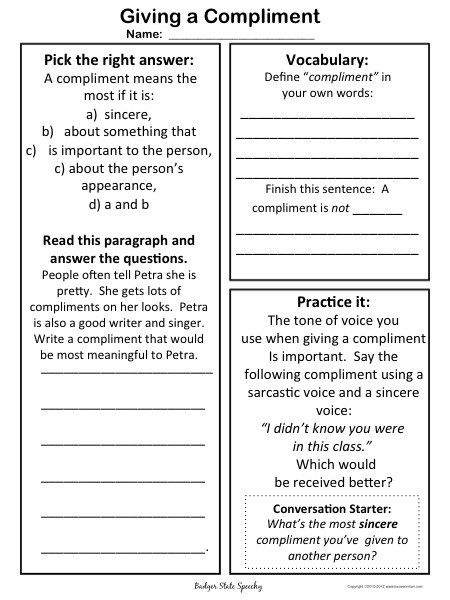 I agreed to go to the school dance with the boy, and then I panicked when I realized that this meant that I would actually have to dance with the boy. I've been caught passing notes in class and cheating on homework in the girls' bathroom.
I agreed to go to the school dance with the boy, and then I panicked when I realized that this meant that I would actually have to dance with the boy. I've been caught passing notes in class and cheating on homework in the girls' bathroom.
On the other hand, I've learned to talk to teachers and realized that I can solve math problems when I put in the effort. I have found that books develop my imagination and help me mentally fly far, far away. Playing sports allowed me to get rid of excess energy and improve my concentration. I changed groups of friends several times. All in all, it was a typical high school kid's life, an experience I now often relive as a high school counselor and as a parent of seventh and eighth grade kids. Long before social-emotional learning became a buzzword in educational circles, I was stumbling around learning self-awareness and problem-solving skills on my own.
There is no guideline for developing skills such as persistence and flexibility.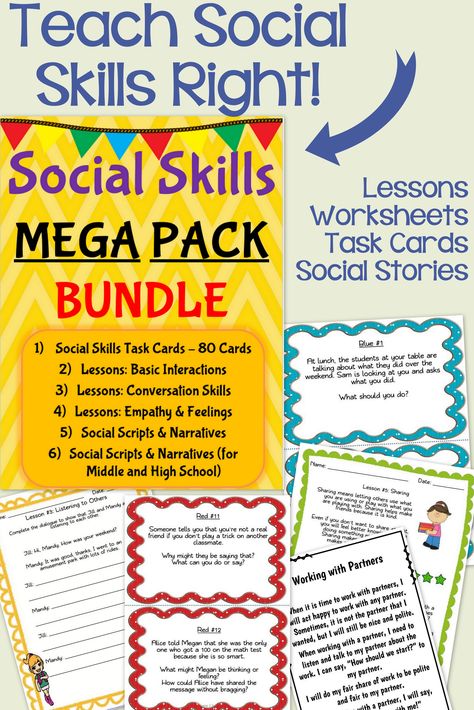 Just like I did as a child, most children learn by trial and error. Our desire to protect our children may be at odds with their personal growth. Intuitively, we understand how they feel and want to help, but more often than not, it's worth stepping back and letting them gain experience on their own. Based on personal experience, I have compiled a list of 10 social-emotional skills with tips for parents on how to help children develop.
Just like I did as a child, most children learn by trial and error. Our desire to protect our children may be at odds with their personal growth. Intuitively, we understand how they feel and want to help, but more often than not, it's worth stepping back and letting them gain experience on their own. Based on personal experience, I have compiled a list of 10 social-emotional skills with tips for parents on how to help children develop.
1. Choose the right friends. As a rule, the choice of friends influences further decisions in the child's school life. Children quickly learn which friends they feel comfortable with and which ones make them feel out of place. Ask your children the following questions: Do you have fun with this person? Can you be yourself in his company? Is there trust and empathy in your relationship? Having common interests is a bonus.
2. Work as a team and resolve conflicts. I don't think many students make it through high school without ever being in a situation where they have to carry the unbearable burden of at least one group project.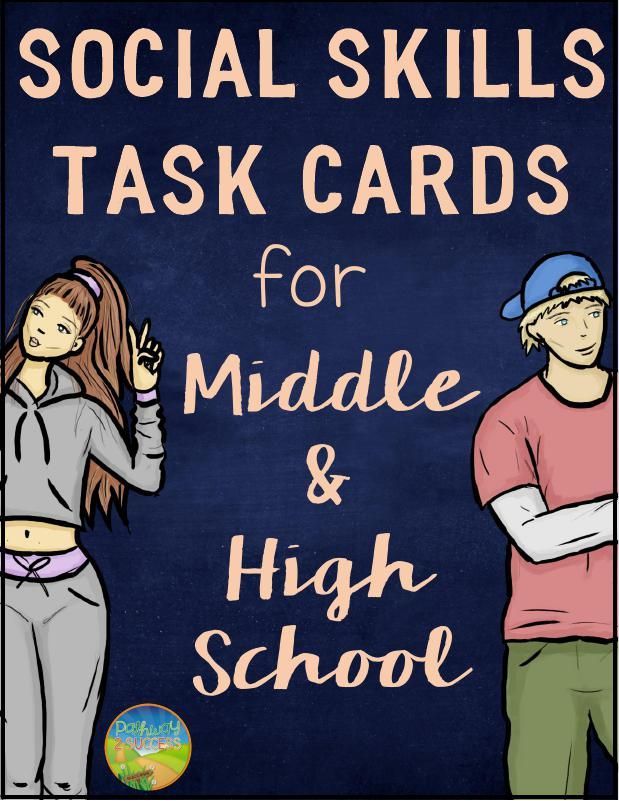 Perhaps they didn't delegate and divide work effectively from the start. Perhaps they decided to take charge of the project to avoid a bad evaluation. Help them understand what happened and what they could do to avoid it.
Perhaps they didn't delegate and divide work effectively from the start. Perhaps they decided to take charge of the project to avoid a bad evaluation. Help them understand what happened and what they could do to avoid it.
3. Resolve conflicts between student and teacher. In the event that bullying or discrimination is not the cause of the conflict, do not stir up a scandal with a demand to change the teacher. Explain to the child that even if the teacher does not like him, this should not interfere with the lessons. Explain that, yes, this is a difficult situation and it is difficult with this person, but if you can handle this situation, you will not feel helpless the next time you are faced with this. Focus on the real problems standing in the way of academic success, not on interpersonal conflict. Perhaps it is a misunderstanding between the student and the teacher, or poor academic performance.
4. Create a homework system. Involve your child in planning activities.